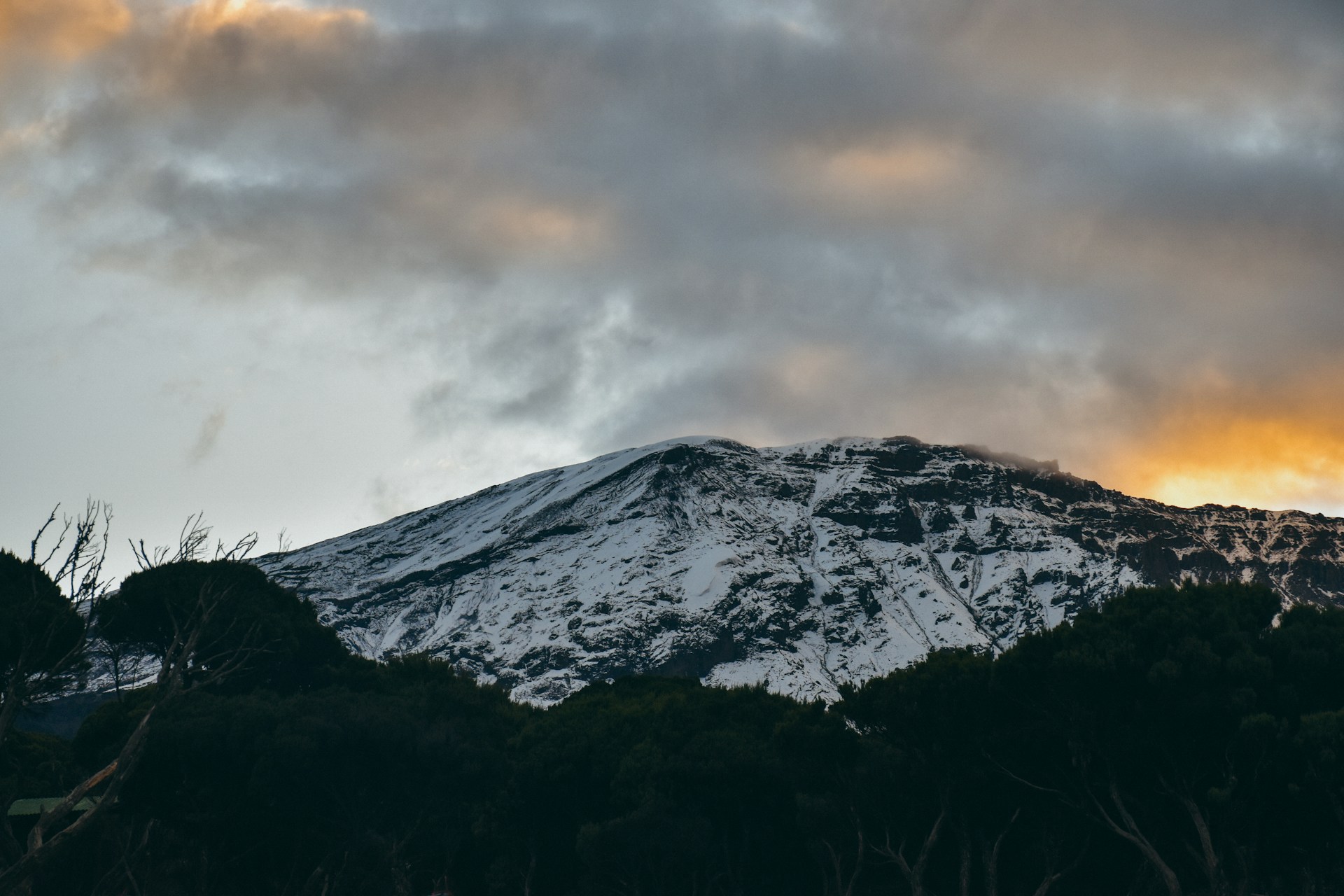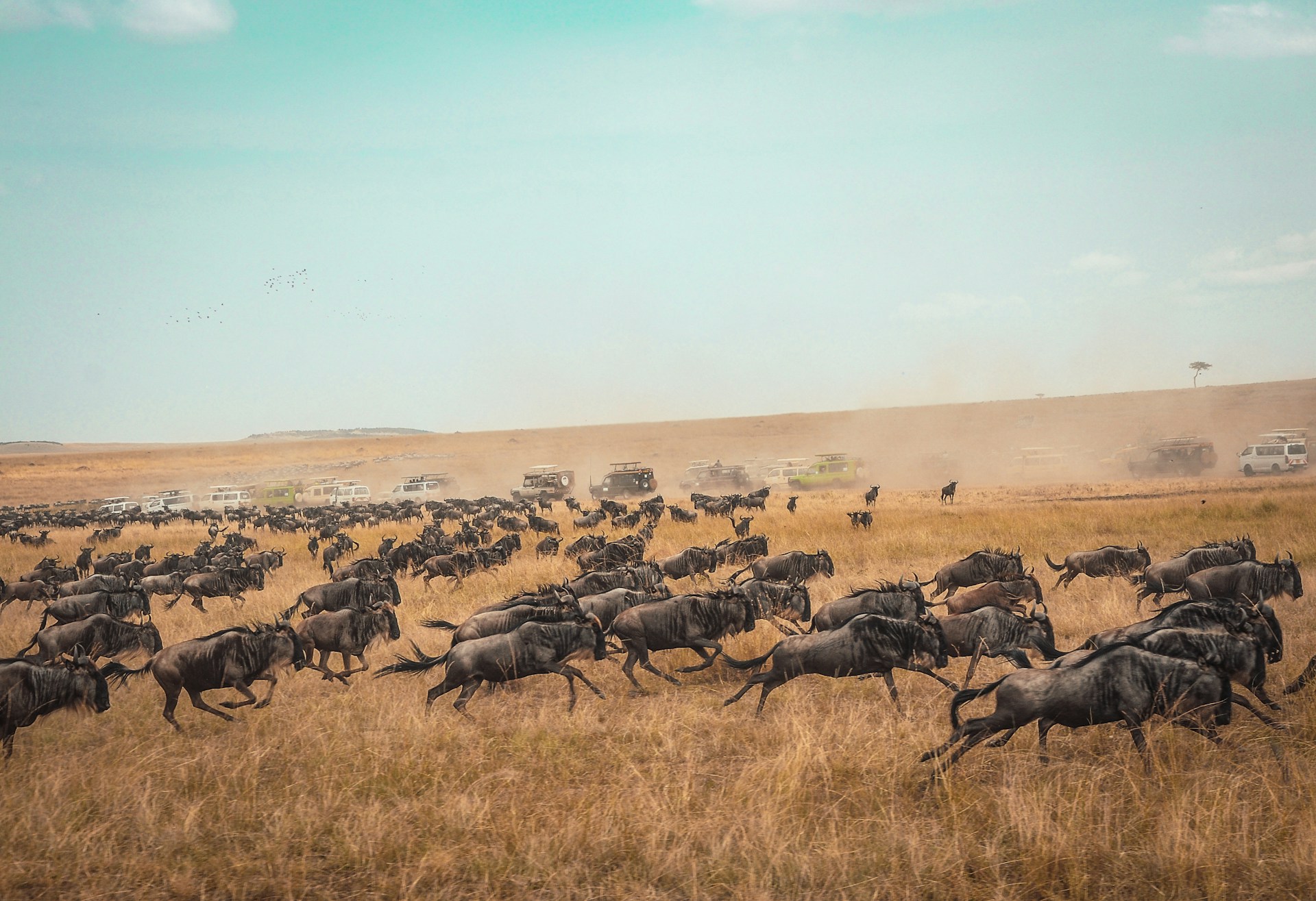Tanzania boasts an extraordinary diversity of landscapes that encompass everything from majestic mountains to pristine beaches. In the northeast, the iconic Mount Kilimanjaro stands as Africa’s tallest peak, its snow-capped summit towering over savannah plains. Nearby, the Usambara and Pare mountain ranges offer lush greenery and picturesque hilltop villages, contrasting with the arid landscapes of the Great Rift Valley that stretches through the country’s western regions.
Moving southwards, the Southern Highlands unfold with their rolling hills and fertile plateaus, providing ideal conditions for agriculture and tea plantations. This region is home to the Ngorongoro Crater, a UNESCO World Heritage site and volcanic caldera teeming with wildlife. Further south, the Ruaha and Selous reserves showcase vast savannahs and the winding Rufiji River, offering unparalleled safari experiences.



Along Tanzania’s eastern coastline lies the Swahili Coast, where historic towns like Stone Town on Zanzibar Island feature intricate Arabic architecture and spice markets. The islands of Zanzibar and Mafia beckon with their turquoise waters and coral reefs, perfect for diving and snorkeling enthusiasts. Tanzania’s geographic diversity—from the heights of Kilimanjaro to the depths of the Indian Ocean—makes it a haven for adventurers, nature lovers, and those seeking to explore the rich tapestry of landscapes and cultures that define this East African gem.

